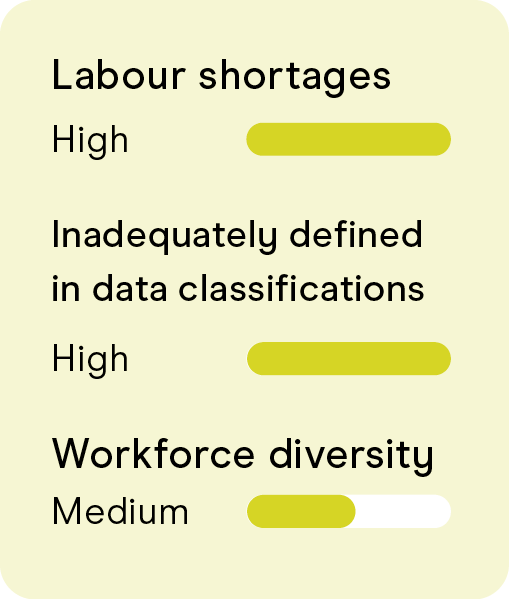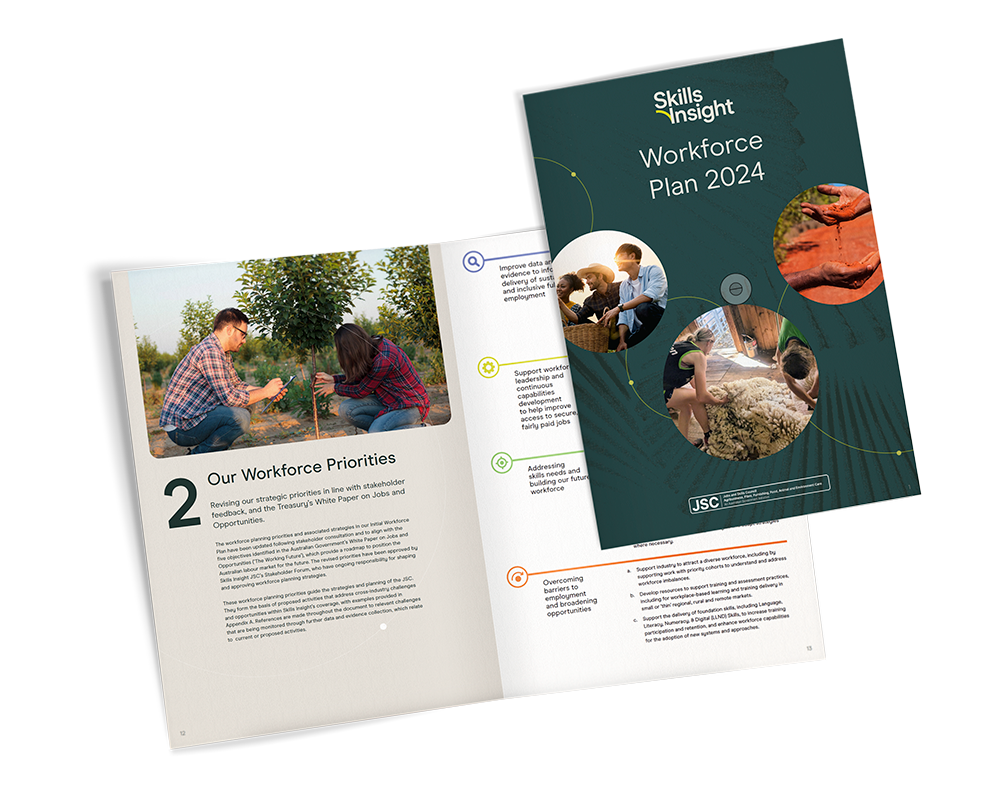Animal care and management workers support the welfare of wildlife, exhibited, working, and domestic animals. While working with animals, many roles also require people-centred approaches and skills; for example, Assistance Dog Trainers. The industry is experiencing accelerated growth, with increasing opportunities and challenges for pet-related businesses, many of which are seeking to expand operations but facing issues with attracting skilled workers, especially in regional, rural and remote Australia.
Key updates
Consistent work demand but volatile labour supply
The internet vacancies for key occupations, including Veterinary Nurses, Veterinarians, Receptionists, Practice Managers, and Animal Attendants and Trainers, have recovered to pre-pandemic levels. The cumulative hours worked for all these occupations have either been increasing or remained stable in the Labour Force Survey. The individual hours worked each year was cyclical, which is reflective of the annual volatility in employment numbers. This suggests that whilst overall demand is relatively stable, workers are adjusting to labour unavailability through longer hours.
Industry participation in Round 3 of the ANZSCO Review
With stakeholder feedback and support, Skills Insight has proposed a number of changes to occupations within the industry, such as to separately identify Animal Management Officer, Animal Welfare Officer and Animal Technician, and recognition of occupations such as Animal Nutritionists.
Opportunities
Rising demand
Pet ownership in households has been increasing since pandemic lockdowns, driving demand for veterinary and other companion animal services.
Technological developments
Advanced medical, surgical and diagnostic procedures and medications may boost productivity and alleviate skill shortages.
Challenges
Dependence on economic conditions
Demand for veterinary services can fluctuate with economic conditions and household income. Lack of stability may impact on the retention of veterinary nurses, with the ABS’s Characteristics of Employment survey showing veterinary nurses’ duration of employment is below the national average. Such issues will be explored further in Workforce Planning activities.
Inadequately defined in data classifications
Growing markets such as animal grooming and allied health services remain absent from or inadequately defined in the ANZSIC and ANZSCO, leading to limited data available on this workforce.
Low male participation
The very low participation of men (17% in 2021, a 3% decline from 2016) is a challenge for the sector, particularly in light of the anticipated increases in labour demand.
Data monitoring priorities

28,557
workers
(2021 Census)
1.2%
First Nations
(2021 Census)
2,100
2028 Projection
(JSA Projections)

83%
Female
(2021 Census)

Workforce Plan 2024
The Workforce Plan describes workforce challenges and skill opportunities identified by stakeholders across the industries we work with and outlines strategies to address them.
The 2024 Workforce Plan outlines four key Workforce Planning Priorities to guide the strategies and planning of our JSC work, retaining the strategic intent of the Initial Workforce Plan, with modifications to align with the Australia Government’s White Paper on Jobs and Opportunities.